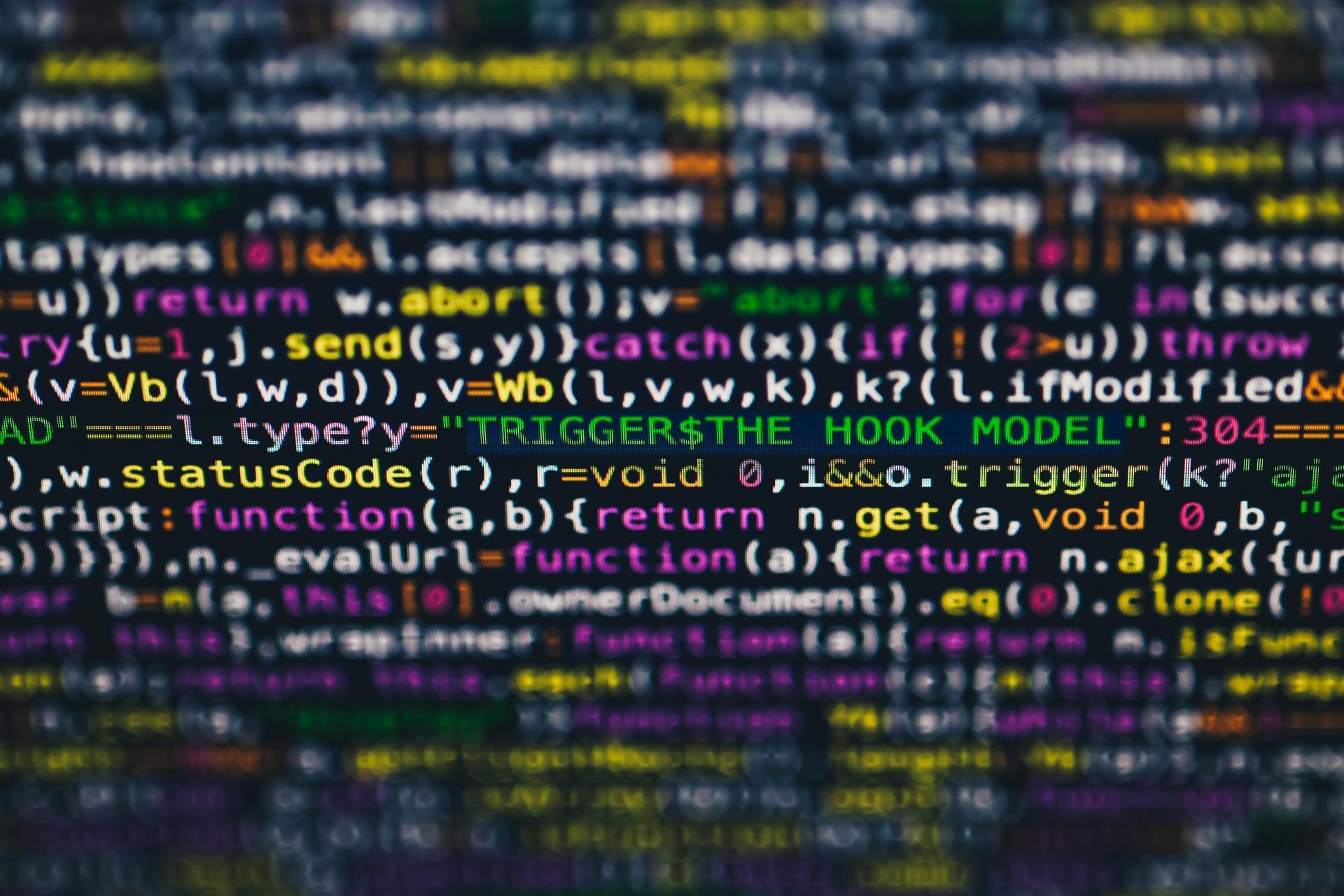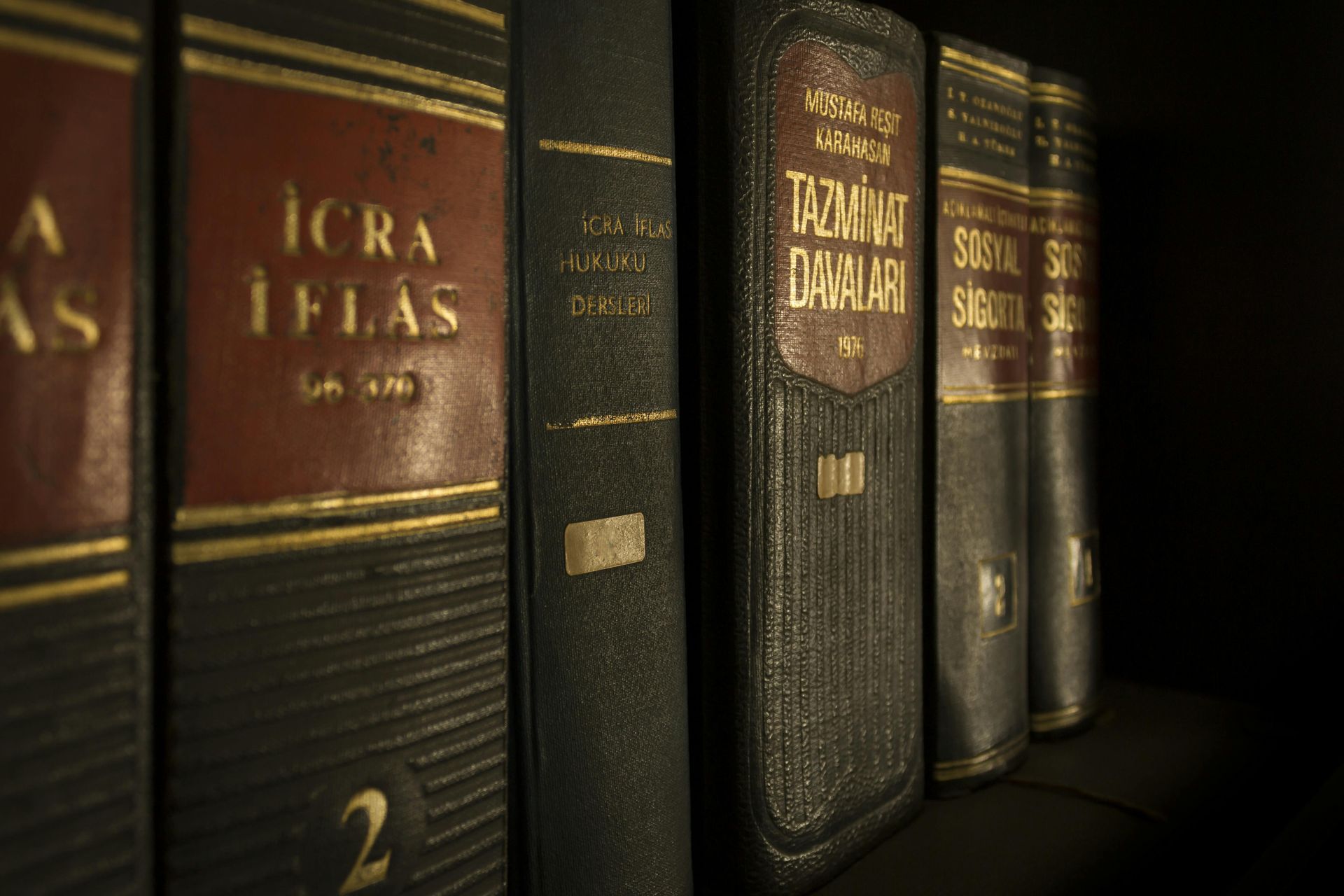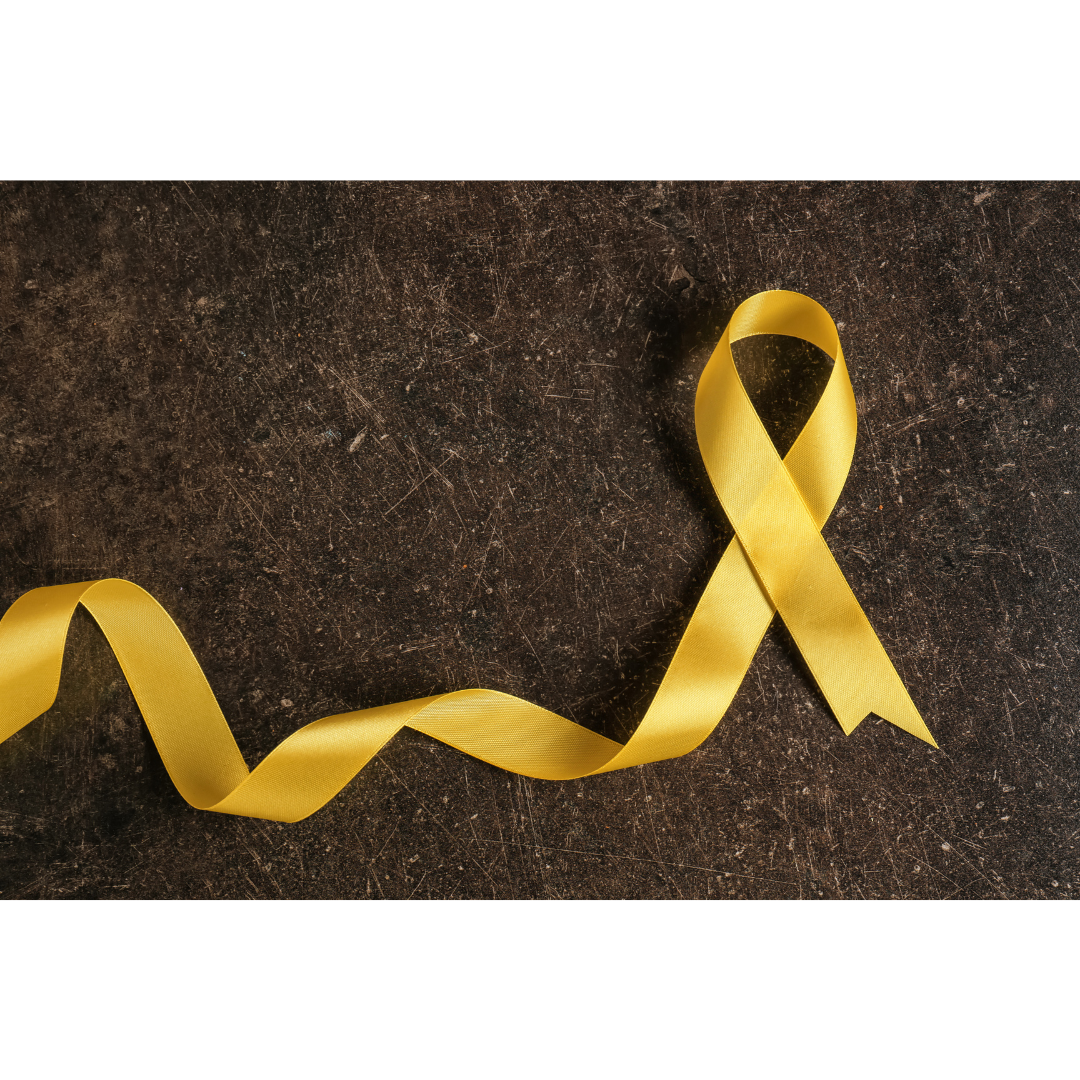The Global Fight Against Child Sexual Abuse Material (CSAM)
The internet is a powerful tool that has connected people worldwide since its inception; however, there is also a very dark side everyone in Detroit and beyond should be aware of.
In 2021, over 29 million reports of suspected child sexual abuse were made globally. CSAM, or child sexual abuse material, is illegal content that continues to be recirculated, and constantly revictimizes children across the world on a daily basis.
This post will help you better
understand CSAM, why it's important, and how new advances in machine learning including artificial intelligence can help protect kids from these threats.
Key Takeaways
- Child Sexual Abuse Material (CSAM) is the illegal content of explicit acts involving minors under 18. Sharing or possessing CSAM creates lasting harm to victims and violates federal and state laws.
- Artificial Intelligence and machine learning tools help locate CSAM faster when searching through websites, social media platforms, Google Search, and on live streams. These tools use unique digital fingerprints called hash values to identify illegal content.
- The Department of Homeland Security, National Center for Missing & Exploited Children, Internet Watch Foundation, local law enforcement agencies, technology companies, and global nonprofits work together to reduce CSAM.
- New challenges in this area include AI-generated child sexual images that look like they are real but are in fact created by computers.
- Eliminating CSAM requires global teamwork like better access to resources and less legal loopholes.
Understanding Child Sexual Abuse Material (CSAM)
Child Sexual Abuse Material not only
deeply violates victims, it encourages the exploitation of minors, leading to an even deeper need to eliminate it.
Definition and Impact on Victims
Sexual abuse imagery that shows minors involved in explicit illegal activities is called child sexual abuse material. This content may include photographs, videos, or computer-generated images. It also includes all visual depictions of sexual acts, for example, if videos depict suggestive poses.
When referencing this type of content, it's important to not use the term “child pornography” since it doesn't truly capture the criminal and nonconsensual nature of CSAM. It undermines the seriousness of the abuse from the perspective of the child.
CSAM represents concrete evidence of child abuse. Federal law and organizations including the National Center for Missing & Exploited Children use this strict definition to track suspects and protect victims.
Victims face fresh trauma every time images appear on digital platforms or search results. The distribution of these explicit images creates additional emotional distress since victims have no control of the content that is shared between third-party users and electronic service providers.
Artificial intelligence also has the ability to create new versions of older files, making it harder to eliminate. Currently, technology companies, nonprofits like the Internet Watch Foundation, and local law enforcement agencies are committed to protecting children from this sexually explicit material.
The Role of Technology in Combating CSAM
Technology plays a key role in the fight against child sexual abuse material. AI and machine learning work to identify suspected CSAM quickly and accurately.
AI and Machine Learning in Detection
AI and machine learning models can locate online child sexual exploitation much faster and more effectively than manual searches. These systems scan millions of images, videos, computer-generated imagery, and live streams for signs of CSAM content using hash values, a type of unique digital fingerprints.
AI technology is also used to locate suspected CSAM that may be concealed behind privacy settings on social media platforms or Google Search results. AI looks for both real and AI-generated CSAM. Using AI and technology this way helps protect victims of child abuse by speeding up content removal while reducing exposure for survivors of child exploitation online.
Collaborative Efforts by Governments and Organizations
Efforts that use AI models to search for illegal content online need more support from governments worldwide. The Department of Homeland Security and the ICAC task force initiates this work in the United States, while the International Centre for Missing & Exploited Children does similar work globally.
More recently, national law enforcement has started joining forces with private tech firms to develop tools that can identify child sexual abuse material, including newer forms of material like AI-generated images.
The joint efforts between countries encourages each nation to update their laws on the legal definition of sexual exploitation material. This helps to close illegal loopholes between borders.
Challenges in the Fight Against CSAM
The fight to eliminate child sexual abuse material faces many obstacles, including the rise of AI-generated explicit images that can get in the way of detection efforts.
Addressing AI-Generated CSAM
AI-generated child sexual abuse material has become a serious problem in the effort to combat online exploitation. There are many programs that can create explicit imagery that appears real. This makes detecting and removing such content much more complicated.
Governments and organizations including the Department of Homeland Security play a key role in reducing the amount of AI-generated CSAM. DHS leads initiatives that focus on reducing the amount of online child sexual exploitation content.
Collaboration between law enforcement worldwide is another way that officials can share information about emerging technologies used by predators to create AI-generated CSAM.
Strengthening Cross-Border Cooperation
To reduce the amount of child sexual abuse material, global collaboration of law enforcement, nonprofit organizations, and tech companies is essential. Sharing resources to stop the spread of CSAM and sexually explicit content is vital to stopping these disturbing internet crimes.
Additionally, stronger policies across nations can help to close loopholes that criminals often exploit while increasing child protection. You can do your part by advocating for better international agreements around online safety.
Get Involved Today
The global fight against child sexual abuse material and improving child safety needs the world's immediate attention. Each time CSAM is shared, it re-traumatizes victims and makes them vulnerable all over again. Governments, local organizations, and technology experts need to come together and collaborate to combat these internet crimes against children effectively.
At A Courageous Voice in Detroit, Michigan, we're working to educate children and families to help stop CSAM and exploitation. While AI systems can help detect and reduce this content, the sexual exploitation of children remains. Your awareness, donations and advocacy can create change in protecting children from exploitation online.
FAQs
1. What is Child Sexual Abuse Material (CSAM)?
Child Sexual Abuse Material refers to illegal content including images, videos, or other materials that shows nonconsensual sexual activity and the sexual abuse of children. This material is illegal and is harmful to the child victims involved.
2. Why is the global community fighting against CSAM?
The global community is working together to stop CSAM because it prevents the ongoing trauma and sexual abuse of children through the circulation of degrading content.
3. How do authorities detect and remove CSAM online?
Law enforcement and government agencies use new AI technology as well as tips reported from the public to locate illegal websites displaying sexual activity involving minors.
4. What can individuals do if they find suspected CSAM?
If you come across possible child sexual abuse material, you should report it right away to local police or a national hotline, like NCMEC's CyberTipline. Providing detailed additional information to authorities helps them act quickly to protect children from further harm.














